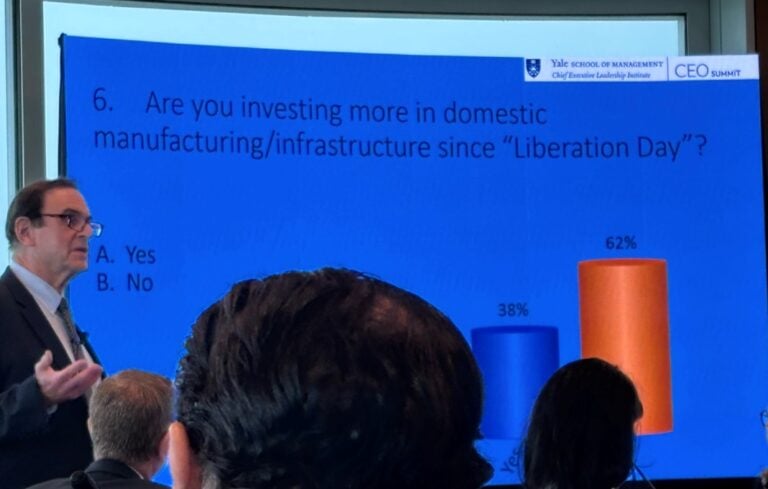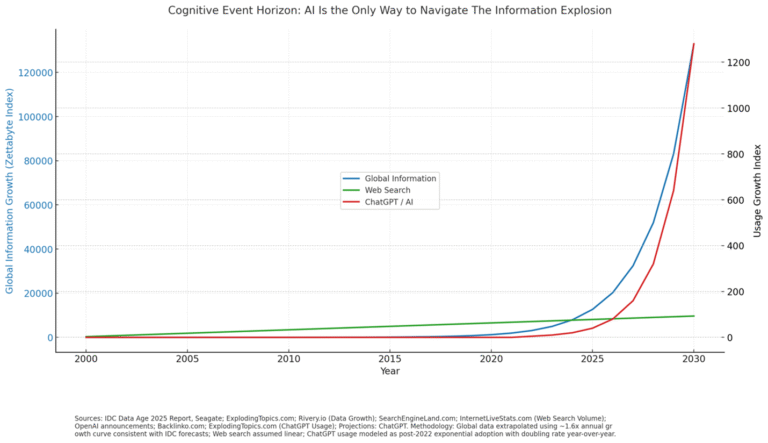
We’ve all seen what data analytics can achieve on the consumer side of business. Insights gleaned from demographic, behavioral and contextual data about potential and current customers are being used to tailor messaging and inform marketing and customer service efforts— delivering greater customer engagement and strengthening brand loyalty. But what about employees? What if the data that companies already collect on their workers could help identify top job candidates, reduce turnover and enhance company culture?
“We’re talking about Moneyball for the workplace,” Eric J. Felsberg, a principal at Jackson Lewis P.C., told CEOs gathered for a recent roundtable discussion on leveraging employee data, co-sponsored by the law firm. The concept behind the movie Moneyball, using data analytics to gain a competitive edge on the baseball field, is just as applicable, if not more so, to managing talent in the business world, he pointed out. “Employers collect robust labor and employment data on applicant flow, compensation, promotion, attrition, termination. These are all examples of the kinds of information collected in the ordinary course of doing business that can be potentially drawn upon and analyzed to address whatever burning employment issues you have.”
While many companies use electronics to track personnel activity, few are realizing its full potential, added K. Joy Chin, another principal at Jackson Lewis P.C., who likened the untapped opportunity of employee data to the unused computing power most consumers carry around in their pockets.
“Technology is part of all of our daily lives,” she noted. “I have a smartphone, a tablet, a smart TV, and yet, I’m only using about 20 percent of the capability of my own personal electronic devices. That’s probably true for a lot of organizations that are embracing employment technology. How many are fully utilizing it for things other than just record-keeping? What would it take to start relying on that data that companies are already tracking to try to improve or increase operating efficiency?”
“From understanding what type of data is needed and having the mechanism to capture that data to performing the analysis and interpreting the results, challenges abound.”
Addressing Attrition
Thomas Rogers, CEO of Lewis Tree Service, was one of several CEO participants who expressed enthusiasm for that idea, particularly the potential for reducing turnover by enabling better hiring decisions. “Is there a model we can develop based on our people who have stayed for a long time and embraced the corporation versus those who have left?” asked Rogers, who noted that his company’s turnover rate is over 70 percent.
“What are the contrasts between the two that would help our frontline people make better hiring decisions and reduce the termination rate? Those are things that are getting more difficult as attracting labor becomes more challenging.”
TransForce reported success doing just that. The transportation and trucking company was losing one out of five field employee hires within their first year, reported CEO David Broome. “Now we keep 99 out of 100, and a lot of it has to do with the hiring process,” he said. “Instead of hiring the first person who walks in, we established criteria based on our best workers. For our office workers, we go even further, giving all potential hires a personality profile test administered by a psychology firm. We haven’t lost an office person in about five years.”
But while business leaders recognize that collecting data and crunching numbers unlocks talent management opportunities, many also find the prospect daunting—and for good reason. From understanding what type of data is needed and having the mechanism to capture that data to performing the analysis and interpreting the results, challenges abound.
Several CEO participants reported struggling to reconcile multiple pools of data. “One of the biggest challenges we’ve faced when we’re looking to acquire or manage a portfolio company is that most companies have siloed legacy systems that aren’t accessible from a data and workflow standpoint,” noted Doug Mellinger, managing director of Clarion Capital Partners, whose firm uses data analytics to manage the workforces of companies in its portfolio. “Often, due to those silos, it can be really hard to get to that information in a reasonable period of time.”
Jeff Daugherty, CEO of SPBS, echoed that sentiment, noting that his company has struggled to pull the data together to help inform hiring of field service technicians for hospitals, surgical centers and clinics. “We’re running analytics to compare the success rates of those trained in the military and those who were not,” he said. “We also stratify by background, such as whether they’re able to work on imaging equipment or anesthesia machines. But all of the systems are disparate and in different silos, so I’m struggling to find a resource that can put it all together.”
Unfortunately, there’s no easy way to merge multiple data sets, said Jackson Lewis’s Felsberg. “You need to take the two systems, have an analyst marry the data and then look for and correct mismatches. It’s the dirty work in all of this, but once you do it, performing the analytics becomes much easier, and the results are more reliable.”




Chief Executive Group exists to improve the performance of U.S. CEOs, senior executives and public-company directors, helping you grow your companies, build your communities and strengthen society. Learn more at chiefexecutivegroup.com.
0

1:00 - 5:00 pm
Over 70% of Executives Surveyed Agree: Many Strategic Planning Efforts Lack Systematic Approach Tips for Enhancing Your Strategic Planning Process
Executives expressed frustration with their current strategic planning process. Issues include:
Steve Rutan and Denise Harrison have put together an afternoon workshop that will provide the tools you need to address these concerns. They have worked with hundreds of executives to develop a systematic approach that will enable your team to make better decisions during strategic planning. Steve and Denise will walk you through exercises for prioritizing your lists and steps that will reset and reinvigorate your process. This will be a hands-on workshop that will enable you to think about your business as you use the tools that are being presented. If you are ready for a Strategic Planning tune-up, select this workshop in your registration form. The additional fee of $695 will be added to your total.

2:00 - 5:00 pm
Female leaders face the same issues all leaders do, but they often face additional challenges too. In this peer session, we will facilitate a discussion of best practices and how to overcome common barriers to help women leaders be more effective within and outside their organizations.
Limited space available.

10:30 - 5:00 pm
General’s Retreat at Hermitage Golf Course
Sponsored by UBS
General’s Retreat, built in 1986 with architect Gary Roger Baird, has been voted the “Best Golf Course in Nashville” and is a “must play” when visiting the Nashville, Tennessee area. With the beautiful setting along the Cumberland River, golfers of all capabilities will thoroughly enjoy the golf, scenery and hospitality.
The golf outing fee includes transportation to and from the hotel, greens/cart fees, use of practice facilities, and boxed lunch. The bus will leave the hotel at 10:30 am for a noon shotgun start and return to the hotel after the cocktail reception following the completion of the round.